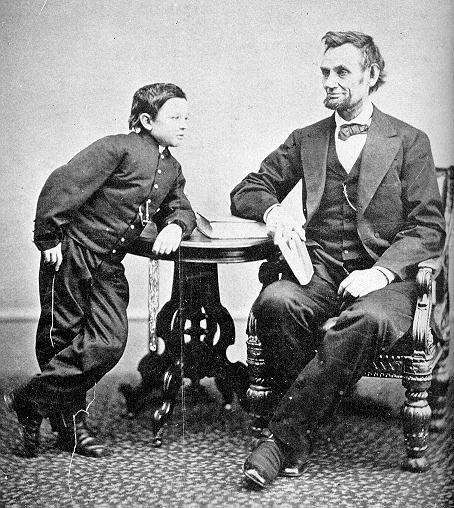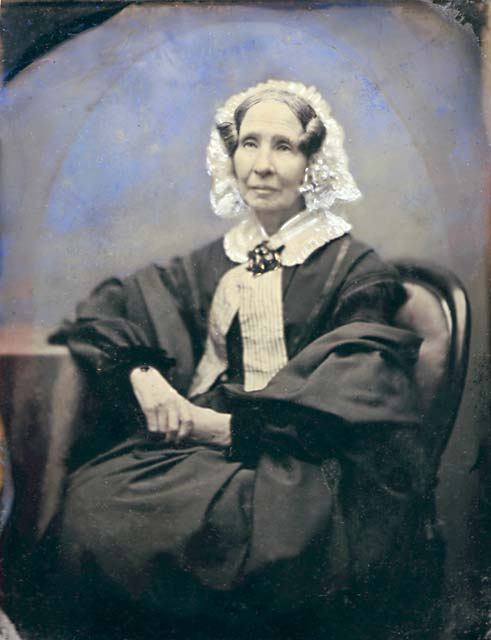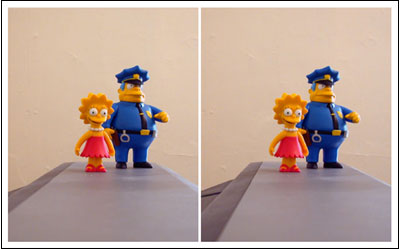Questions:
1. What is a daguerreotype? What did the surface of a daguerreotype resemble? When were they prominent? What photographic process did the daguerreotype replace?
2. What is an "albumen" print? What was the main "ingredient" of the albumen process? When did the albumen process die out?
3. What is a "stereograph?" When were they popular?
4. What is a "carte de visite?" What were they used for?
5. Who were Matthew Brady and Alexander Gardner? They both are notable for what type of photography? When were they active? Post two noteworthy photographs for each photographer.
Answers:
1.
2.
3.
4.
 |
| A carte de visite is a portriet of someone mounted on a small piece of card. They were used like trading cards among friends and family. |
 |




